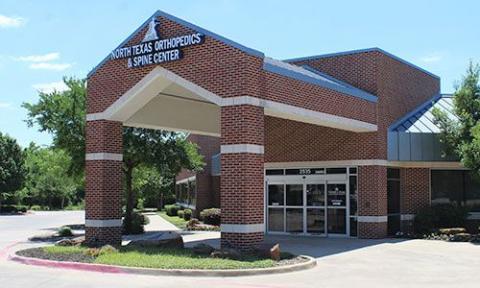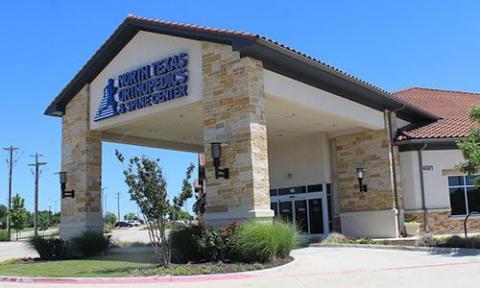The talus is a small but critical bone in the ankle that connects the foot to the leg, playing a vital role in mobility and weight-bearing. A fracture of the talus is a serious injury that can lead to significant pain, swelling, and long-term complications if not treated promptly. In this blog post, we’ll explore the causes, symptoms, treatment options, and recovery process for talus fractures.

A talus fracture refers to a break in the talus bone, often caused by high-impact trauma. This type of fracture is particularly concerning due to the limited blood supply to the talus, which can complicate healing and increase the risk of complications such as avascular necrosis (bone death).
Common causes of talus fractures include:
Signs of a talus fracture may include:
A healthcare provider will diagnose a talus fracture through:
Treatment for a talus fracture depends on the severity and type of fracture:
Non-surgical treatment is typically reserved for minor, non-displaced fractures.
Surgery is often required for displaced or severe fractures to realign and stabilize the bone. The procedure may involve:
Recovery times vary based on the severity of the fracture and treatment method but generally include:
Talus fractures are associated with certain risks, including:
To reduce your risk of a talus fracture:
A talus fracture is a serious injury that requires prompt medical attention and careful management to ensure proper healing and minimize complications. With the right treatment plan and rehabilitation, most individuals can return to their normal activities. If you suspect a talus fracture, consult a healthcare professional immediately to explore your options and begin the recovery process.
For more information on foot and ankle injuries, explore our blog or schedule a consultation with one of our specialists today.
See why our patients love our physicians, quality of care, and amazing results.
*Based on Independent Market Research


© 2024, North Texas Orthopedics & Spine CENTER. All rights reserved.